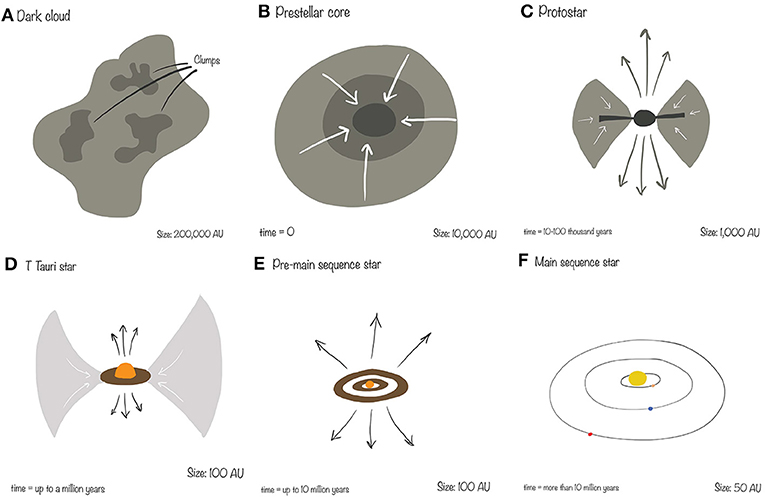Science & Technology
Star Formation in Dwarf Galaxies
- 26 Aug 2020
- 5 min read
Why in News
Recently, astronomers from the Aryabhatta Research Institute of Observational Sciences (ARIES) have found out the reasons behind intense star formation in some dwarf galaxies.
- ARIES is an autonomous institute of Department of Science & Technology (DST).
Key Points
- Background:
- Amidst the billions of galaxies in the universe, a large number are tiny ones - 100 times less massive than the Milky-way galaxy. Most of these are called dwarf galaxies and form stars at a much slower rate than the massive ones.
- Dwarf galaxies are the most abundant type of galaxy in the universe but are difficult to detect due to their low luminosity, low mass and small size.
- However, some dwarf galaxies have been seen forming new stars at a mass-normalized rate i.e. 10-100 times more than that of the Milky-way galaxy.
- The star-formation activities do not last longer than a few tens of million-years, a period which is much shorter than the age of these galaxies - typically a few billion years.
- Amidst the billions of galaxies in the universe, a large number are tiny ones - 100 times less massive than the Milky-way galaxy. Most of these are called dwarf galaxies and form stars at a much slower rate than the massive ones.
- Reasons Found Out by the Aries Astronomers:
- Disturbed Hydrogen Distribution:
- Star formation at a high rate requires very high density of Hydrogen in the galaxies. Multiple nuclei and high concentration of ionized hydrogen have been found in the central region of such galaxies.
- Hydrogen in these dwarf galaxies is found to be irregular and sometimes not moving in well-defined orbits i.e. non-symmetric distribution of hydrogen.
- Galaxy-Galaxy Collision:
- Some Hydrogen around these galaxies is also detected in forms of isolated clouds, plumes, and tails as if some other galaxy recently has collided or brushed away with these galaxies, and gas is scattered as debris around the galaxies.
- Disturbed Hydrogen Distribution:
- Telescopes Used for the Study:
- Scientists used the 1.3-meter Devasthal Fast Optical Telescope (DFOT) near Nainital (Uttarakhand) and the Giant Metrewave Radio Telescope (GMRT) in Maharashtra.
Star Formation in Galaxies
- Stars are born within the clouds of dust and gas scattered throughout most galaxies.
- Turbulence deep within these clouds gives rise to knots with sufficient mass that the gas and dust can begin to collapse under its own gravitational attraction.
- As the cloud collapses, the material at the center begins to heat up. Known as a protostar, it is this hot core that one day becomes a star.
- Not all of this material ends up as part of a star — the remaining dust can become planets, asteroids, or comets or may remain as dust.
- Stars are fueled by the nuclear fusion of hydrogen to form helium deep in their interiors. The outflow of energy from the central regions of the star provides the pressure necessary to keep the star from collapsing under its own weight, and the energy by which it shines.
The above illustration shows the six steps of star formation for Sun-like stars.
- The process starts on (A), where gas and dust in the space between stars (also called the InterStellar medium, ISM) collapse into a dense ball of gas called a prestellar core (B) that eventually will become the sun.
- During the collapse a disk (C) forms around the core, while two jets are emitted at the poles.
- At some point the star stops growing, but gas still falls onto the disk (D). After a few million years this process also halts. The star is now born (E), while the planets are being formed from the left-over material, which will eventually become a solar system (F).
- A solar system typically lives 10 billion years after the formation process.







